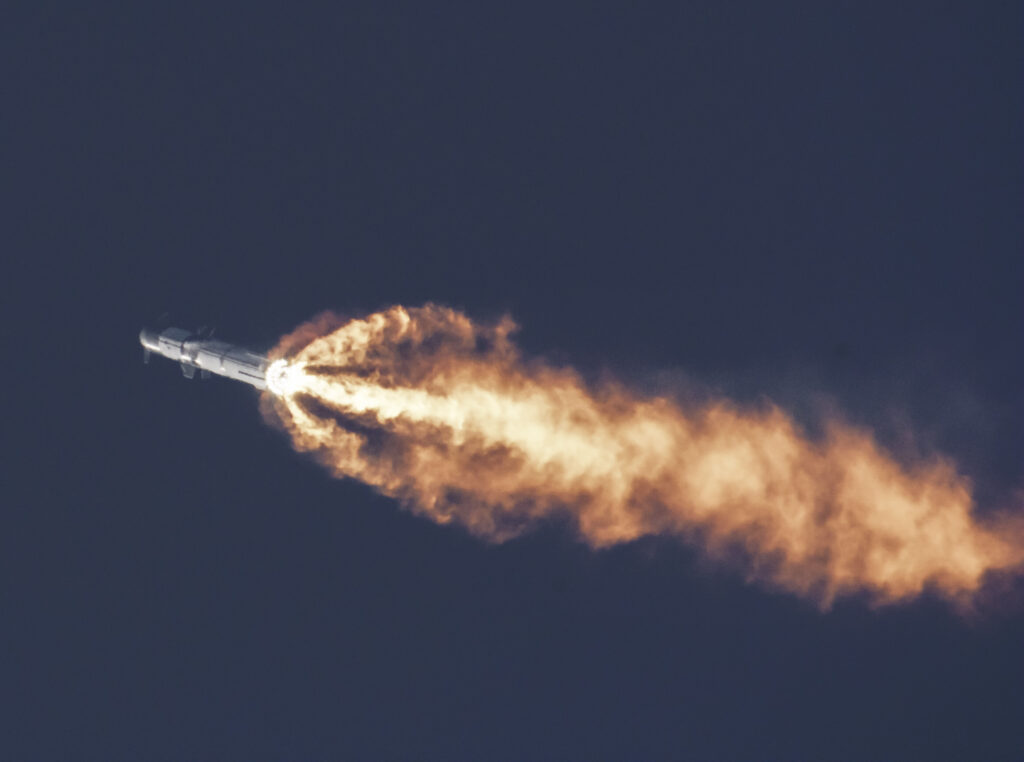The US Federal Aviation Administration (FAA) has grounded the SpaceX Starship launch program following last week’s launch explosion, pending a standard investigation.
The Starship launch which was carried out last Thursday 20 April from SpaceX’s spaceport facility in Boca Chica Texas saw the unmanned Starship spacecraft exploded in mid-flight shortly after clearing the launchpad.
Fallout from failed Starship launch
Last week’s lift off destroyed the purpose-built launchpad and resulted in debris and particulate matter being spread across a large area following the explosion of the rocket.
Following Thursday’s incident, the Federal Aviation Administration grounded the Starship Super Heavy Launch program, pending the results of a standard investigation process, according to an email sent to CNBC.
According to news source NBC News, local residents and researchers are now assessing the impact of the resultant fallout on both local communities and the local environment including wildlife.
The key concern centres around the ash like particulate matter and debris which travelled beyond the anticipated debris field.
FAA airspace considerations
With the pace of space-related airspace activity steadily increasing, the FAA has previously taken steps to consider the impact on other airspace users and the integration of launch operations into their airspace.
In the week prior to the failed SpaceX launch, the FAA publicised the steps it was taking to optimize and equitably manage the airspace in the vicinity of launch sites.
The agency will rely on a set of objective factors to better balance the needs of launch licensees, as well as airlines, general aviation and the military to minimize disruptions.
Objective factors
The FAA lists a number of factors which it uses in determining whether a commercial space operation may proceed as requested or whether an alternative time is necessary. These factors include:
- The location and timing of the proposed commercial space operation
- The number of flights and/or passengers that will be affected by the operation
- Holidays or significant events that result in more NAS congestion generally or in specific areas of the country (e.g., Thanksgiving, Christmas, New Years, Spring break, Memorial Day, Independence Day, Labor Day, Super Bowl, significant military operations/exercises)
- Launch window duration.
- Nighttime v. daytime launches: The FAA encourages commercial space operations to take place during nighttime hours (to the extent practicable) when other flight operations tend to be reduced
- Mission purpose: The FAA generally will prioritize commercial space operations that (1) have a national security purpose or are in the national interest and/or (2) commercial space launches carrying payloads.
FAA June convention
At the end of June, the agency will convene the aviation and space industries in order to continue collaborating on the issue. The aviation regulator will also later launch the Airspace Access Priorities Aviation Rulemaking Committee.
That work is in addition to the use of tools and procedures (such as the Space Data Integrator) that have cut airspace closures to an average of two hours instead of four hours per launch.









